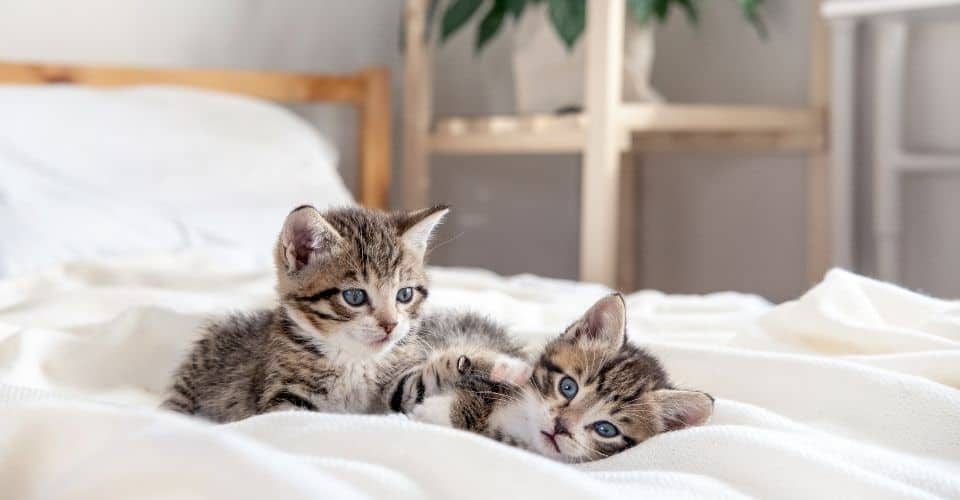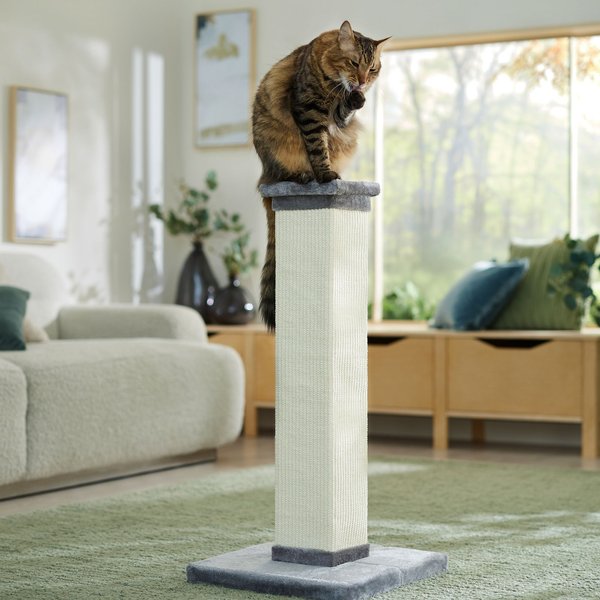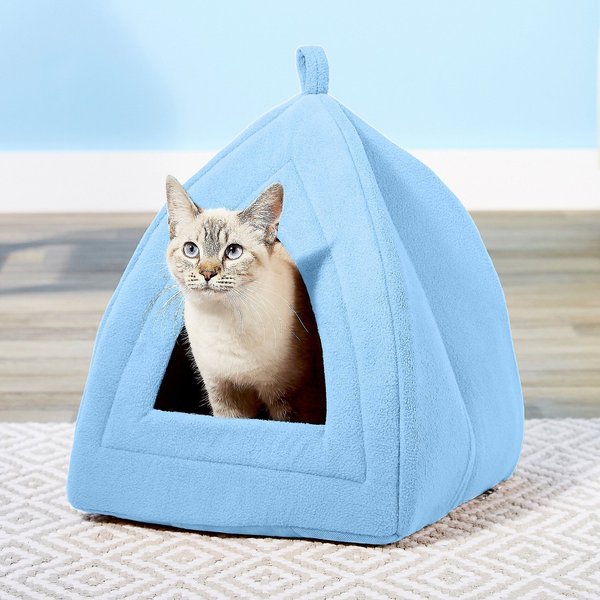Are your cats not getting along with each other? Have you tried your best, but your cats won’t stop fighting? This is a common problem faced by cat keepers who keep more than one cat.
Mostly, cats have feline behavior problems such as aggressiveness, grumpiness, mood swings, etc. They take some time to adjust to each other, to be friends with each other. How can that happen?

That is what we explore in this brief guide. Below, we have gathered all the necessary tips to help you get your cats used to each other. Information in this article is based on the recommendations of cat behaviorists and the experience of various cat owners.
Understand the Nature of Your Cats
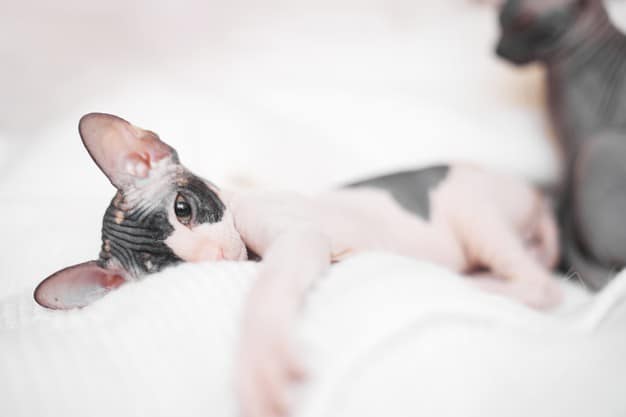
This is often neglected by cat owners, but the first step to introducing your cats to each other or letting them get along with each other is to understand your cats. Without this, all the efforts of getting your cats used to each other are futile.
You have to act as a detective to find out the behavior of both cats when they are alone or together. You have to find out their routines of playing, which cat bullies another more, and what are the turning-off points for both of them.
We delve into some of the reasons your cats may not get along with each other. There is also an excellent book, The Cat Bible, on understanding cats and what their different gestures mean.
|
|
Why Won’t Your Cats Get Along?
1. Boredom
When your cats are not getting enough activity, this creates frustration in them. They find themselves trapped in a single place, and this leads to an increase in their bad temper. It becomes grumpy and aggressive. At times, it may attack another.
2. Lack of Resources or Shared Resources
Cats are quite possessive in nature. They don’t like to share their food dishes, water bowls, or even their litter boxes. Cats feel really uncomfortable and can’t eat if there’s another cat with them. In such situations, one sees the other as her opponent.
3. Your Behavior
How you behave with both cats directly affects the behavior of your cats. Are you biased toward one cat? If you’d snuggle and cuddle with one cat and ignore the other one, instinctively, it generates a feeling of jealousy in the other one, and it starts bullying and fighting with her.
The inclusion of jealousy by the owner is considered to create a really negative and heartbreaking impact, and getting cats used to each other becomes a little tough.
4. Sickness and Pain
Just like humans, when cats are sick or in pain, they start whining and get really moody and agitated. At that moment, the presence of another cat may set her off, and they’d start fighting. After a fight, it takes some time for cats to be friends again.
5. The Past of the Cat
The past of a cat may affect its behavior as well. If a kitten is separated from its mother at a very young age, it may behave insolently towards its other friends. If your cat cannot tolerate the existence of other cats, it’s better to get it assessed by a cat behaviorist.
How to Get Your Cats Used to Each Other?
Now that you understand what could be the causes of their indifference to each other, let’s create an aura of love, harmony, and friendship between your cats.
Be always nice, loving, and unbiased towards all of your cats, and your babies won’t fight at all.
That said, here are some practical steps followed by cat owners to get their cats used to the other cat.
1. Get Your Cats Fixed
When you bring a new cat to your home, the first thing you need to do is to get it fixed. This means taking them both to the vet if they have any health issues.
If it’s a female cat, get her spayed. This would keep her safe from infections. Additionally, it would decrease things like marking territory with urine, hissing, jealousy, etc., in addition to calming their behavior.
In the case of male cats, the treatment is called neutering. This saves them from developing prostate diseases along with decreasing their aggressiveness and mood swings.
Because of these treatments, your cat won’t see the other as an intruder, and this can help cats to get along.
These steps are totally safe for your cat and are globally recommended by cat orthologists.
2. Setting Up the Home for Your New Cat

After the medical issues of your new—and existing—cat are addressed, the next step is setting up the home for your new cat. In the beginning, keep both cats in separate places with separate resources.
Make sure the place contains:
- Food and water
- Comfortable bedding
- Hiding places, window perches, etc.
- Litter tray
- Cat toys
- Scratching posts, cat trees, etc.
All these items should be brand new. If you use the items used by your old cat for your new cat, the sharing of resources won’t be without problems. What if both have to use the same litter tray at the same time? It will exacerbate the problem than solve it.
3. Scent Swapping
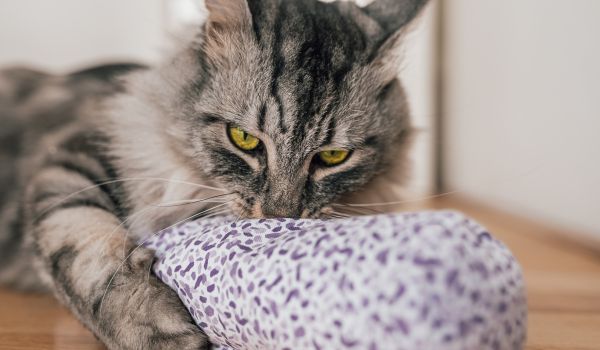
Swap the scents of your cats. The rationale behind scent swapping is that cats get comfortable with the scent they are familiar with. Once they share each other’s scents, there is a high probability that both will welcome each other.
To do the scent exchange, take a clean sock—or anything else, such as wipes, and rub it against the body of your existing cat. Take the sock and keep it close to the new cat; ensure that the sock is close enough to her. Keep some cat treats so that she associates this smell with something positive. Do the same with your new cat as well, and let them know each other through their scents.
Once the scents are exchanged, let them come closer to each other. If they still are indifferent to each other, keep on doing it. Cats are solitary and territorial, but they do accept those of their own whom they are familiar with. If not, why would feral cats live in colonies?
Keep the process of scent swapping steady until both your cats form a close bond.
4. Play With Your Cats Daily
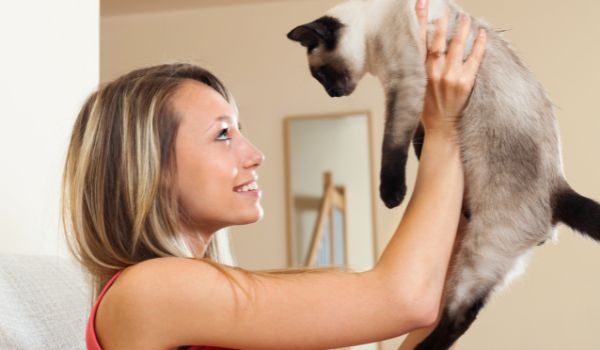
Cats don’t like to get bored at all. They need to spend time with their owner and look forward to it all day. Cats get tired quickly.
Set a routine to see at which times of the day your cats enjoy playing and how much time is enough. If you and all your cats play together, this creates a shared bond among them. This way, you can make cats love each other.
5. Increase Your Cat’s Agility
To create agility, you’d have to buy some cat-playing tools such as swings, short fences, stairs, cat trees, cat window perches, etc. This would not only keep your cats busy, but it would also make them happy. When cats play along, this increases their comfort levels with each other, and they eventually get along with each other.
6. Take Them for Outdoor Walks
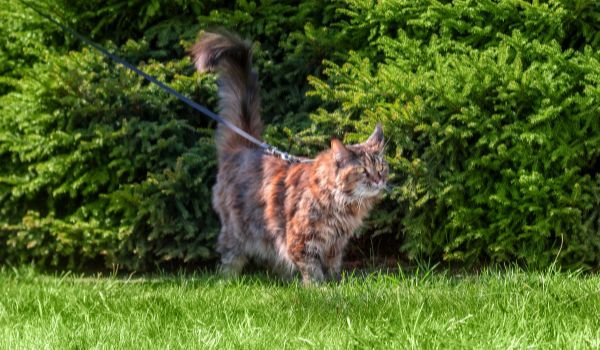
Staying in the same place all the time can increase the feeling of being trapped in cats which eventually leads them to be moody and aggressive. Keep taking them out for walks. When they move out together, they see each other as fun partners.
Going out for a walk would freshen up their mind, and they’d be mentally stimulated. This would also make them exhausted, and when they’d reach home, they won’t have enough of a feeling of fighting with each other and helping your cats get used to each other.
So, how to get your cats used to each other? First, understand the possible causes of why your cats may not get along. Once that is done, follow these simple steps:
- Get your cats fixed
- Set up a new home for your new cat
- Swap your cats’ scents
- Play with your cats regularly
- Increase your cats’ agility
- Take them for outdoor walks

